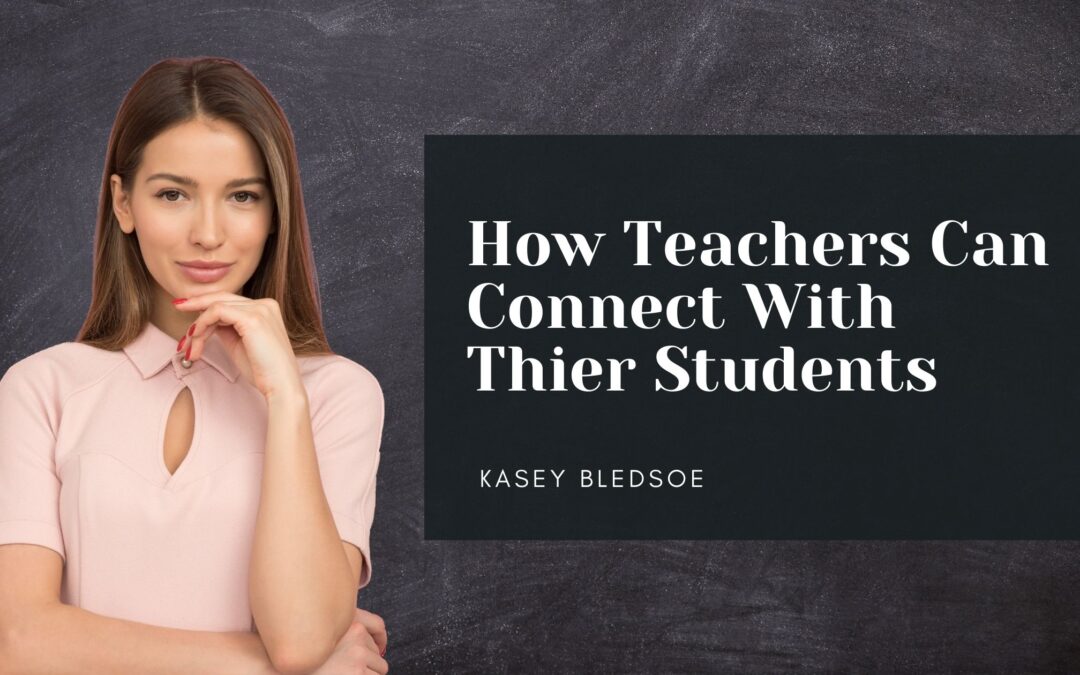Establishing a strong connection between teachers and students is vital for creating a positive and effective learning environment. When students feel connected to their teachers, they are more engaged, motivated, and willing to learn. As an educator, fostering meaningful connections with your students goes beyond the classroom walls and can have a profound impact on their academic and personal growth.
Get to Know Your Students
One of the first steps in connecting with your students is to genuinely get to know them as individuals. Take the time to learn their names, interests, and background. Engage in conversations, ask open-ended questions, and actively listen to their responses. Showing a genuine interest in their lives and experiences helps create a sense of trust and demonstrates that you value them as unique individuals.
Create a Supportive Classroom Environment
A supportive and inclusive classroom environment is crucial for establishing connections with students. Foster a sense of belonging by promoting respect, empathy, and open communication. Encourage collaboration and create opportunities for students to interact with one another. By cultivating a safe and welcoming space, students feel more comfortable expressing their thoughts and ideas, and they are more likely to engage actively in the learning process.
Use Personalized Teaching Approaches
Recognize that each student has different learning styles, strengths, and challenges. Implement personalized teaching approaches that cater to the diverse needs of your students. Provide varied instructional methods, allow for flexible assignments, and offer choices when possible. By acknowledging their individuality and adapting your teaching practices, you demonstrate that you value and support their unique learning journeys.
Show Genuine Care and Empathy
Demonstrate your care and empathy towards your students by actively listening to their concerns, providing guidance, and offering support when needed. Show empathy by understanding their perspectives, validating their emotions, and addressing their needs. By being approachable and supportive, you create a nurturing environment where students feel comfortable seeking help and sharing their thoughts and feelings.
Celebrate Achievements and Efforts
Recognize and celebrate your students’ achievements and efforts, both big and small. Acknowledge their accomplishments, progress, and growth. Offer specific and constructive feedback that highlights their strengths and areas for improvement. By celebrating their successes, you foster a sense of pride and motivation, encouraging students to strive for excellence.
Incorporate Student Interests and Passions
Connect with your students on a deeper level by incorporating their interests and passions into the curriculum whenever possible. Relate the subject matter to real-life scenarios, popular culture, or current events that resonate with them. By making learning relevant and engaging, students feel a stronger connection to the material and are more likely to be invested in their education.
Maintain Open Lines of Communication
Establish and maintain open lines of communication with your students. Encourage them to share their thoughts, concerns, and ideas. Be accessible and approachable, whether through in-person conversations, email, or virtual platforms. Regularly check in with your students, listen attentively, and respond promptly. By fostering open communication, you strengthen the teacher-student relationship and create an environment where students feel valued and supported.
Building connections with students is an essential aspect of effective teaching. When teachers connect with their students on a personal level, it promotes engagement, motivation, and academic growth. Remember, the connections you build with your students extend beyond the classroom and can leave a lasting impression on their educational journey and personal development.

